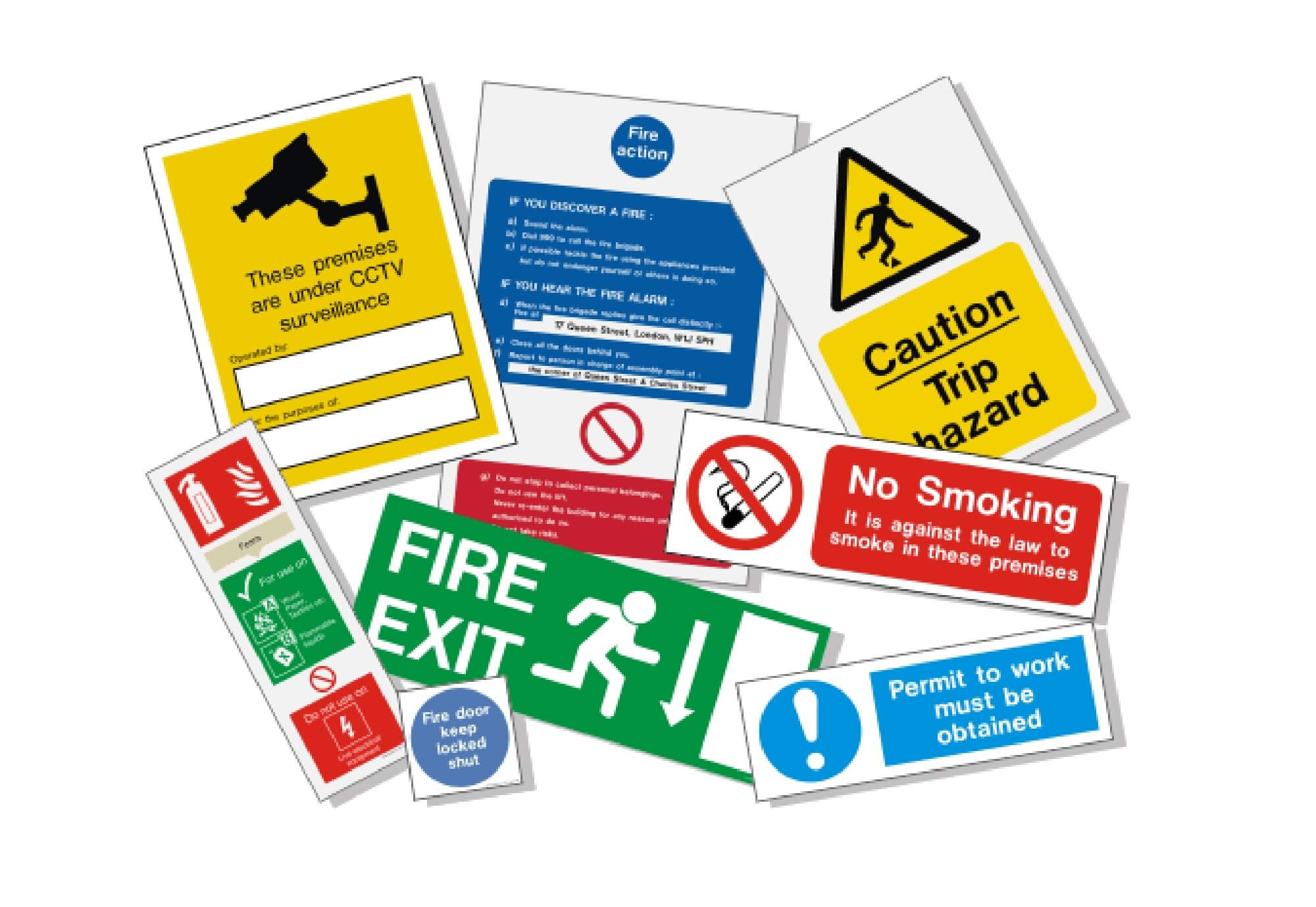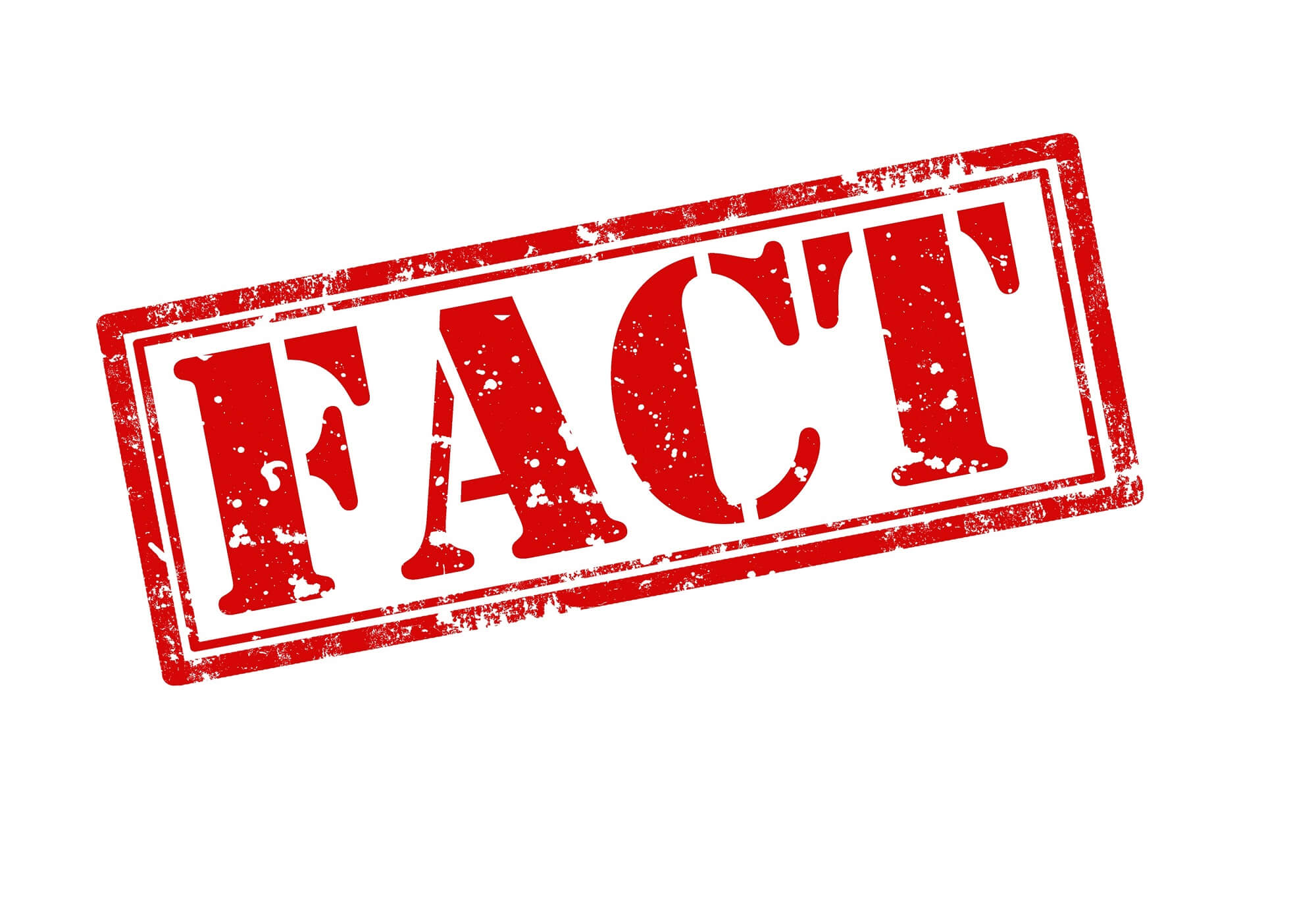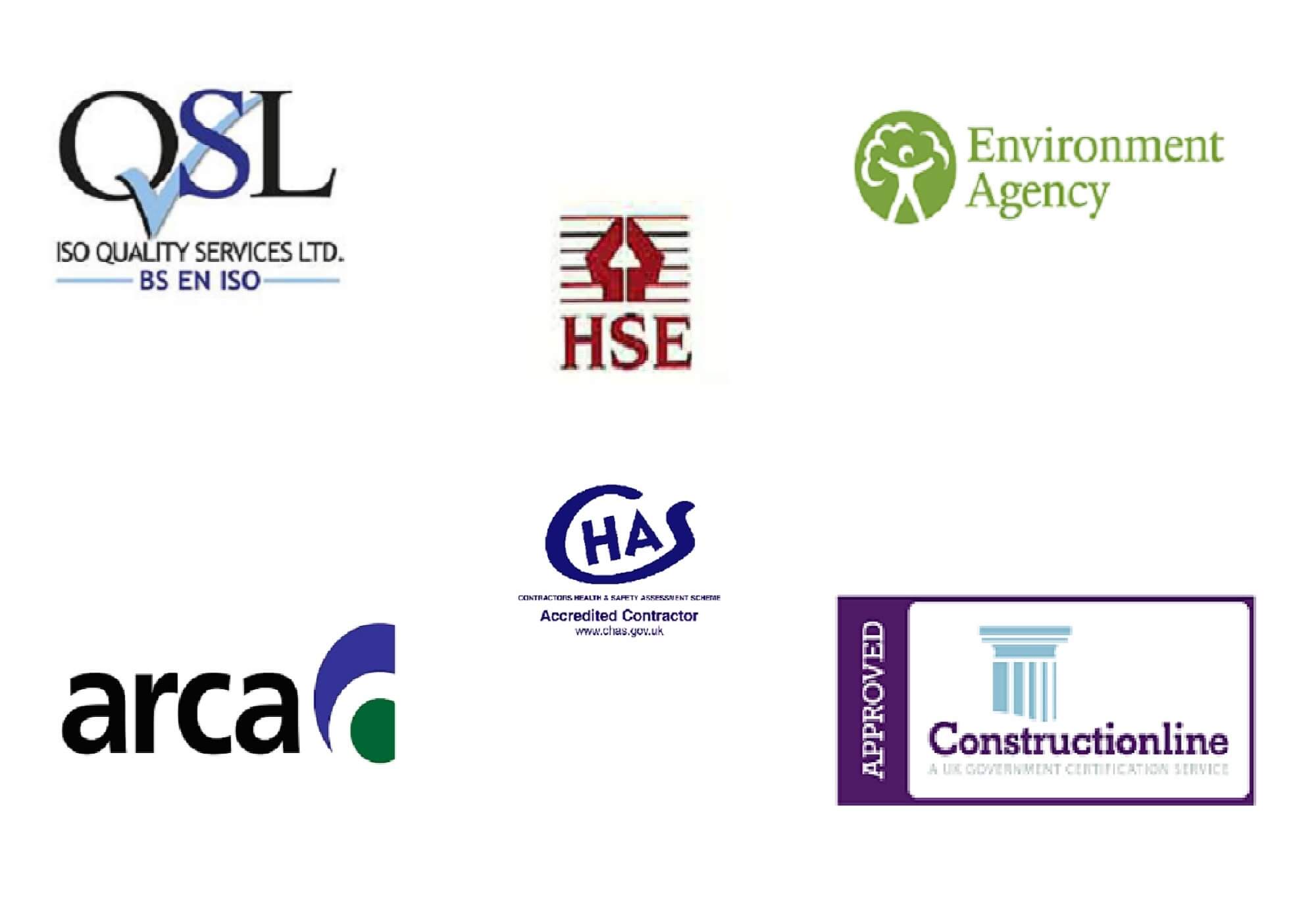Asbestos – Useful Facts
Do you want to know where asbestos can be found and in what form?
Asbestos in your home
Click a “!” symbol on the house diagram to find out details of where you could find asbestos in your home.
If you would like to see some visual examples, click the link below
If you have a suspicion asbestos is present in your home, contact DJ Hintons and we will advise what to do next.
Visual asbestos examples
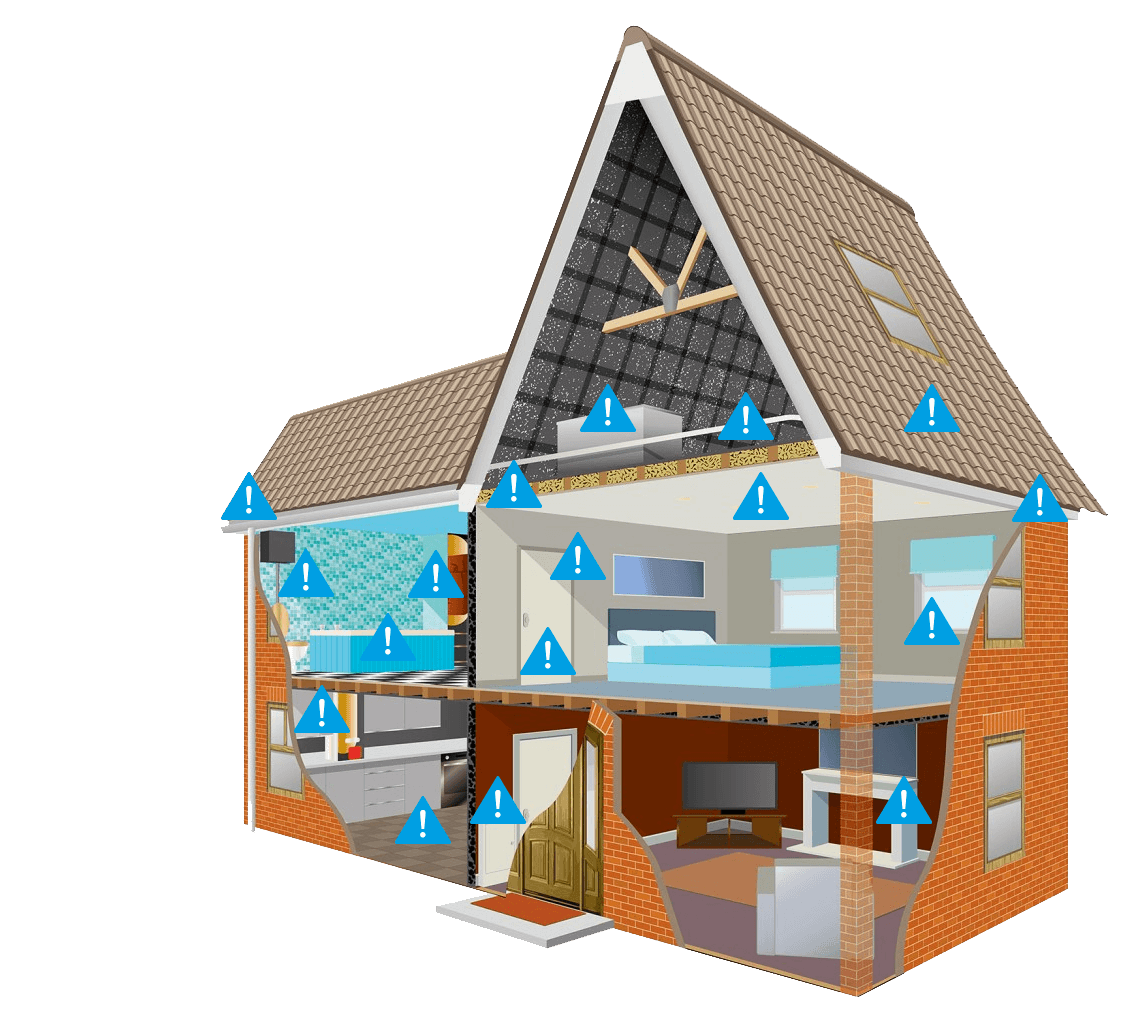
Water tank / Asbestos cement
Where do you find asbestos cement?
Asbestos cement is mainly a mixture of chrysotile (white asbestos) and cement, moulded and compressed to produce a range of asbestos cement products. You can find asbestos cement in many places inside and outside buildings such as:
Asbestos cement roofs
These are mainly made up of large sheets of corrugated asbestos cement; they are often found on industrial or farmyard buildings, but can also be found as roofs on garages and sheds. They are often covered in moss and other growths as they've been there for many years.
Asbestos wall cladding
This has a shape and structure similar to roof sheeting, and is often found on walls/as walls of buildings with asbestos cement roofs.
Asbestos downpipes and gutters
These are often attached at the end of cement roofs in warehouse type buildings.
Asbestos cement flues
These may be found in boiler systems (including domestic) air conditioning and ventilation systems.
What does it look like?
Asbestos cement is just ordinary cement mixed with asbestos, in some cases asbestos can make up over a third of the cement. It is a hard, grey material which was moulded and compressed to produce some of the materials listed above.
Pipe lagging
Where do you find this?
Mostly found in or on heating systems such as around boilers or calorifiers and around pipework.
What does this look like?
This type of asbestos has many different appearances but is mostly a fibrous material which flakes and powders easily. When applied to pipes it is often covered in a protective coating (or painted) which can be any colour, and may make it more difficult to identify.
Loose fill insulation
Where do you find this?
This was used to insulate industrial and domestic premises so can be found in between cavity walls, under floorboards and in loft spaces.
What does this look like?
This is a loose, fluffy insulation material (similar to candyfloss), which may be blue-grey or whitish in colour.
Textured decorative coating eg Artex or AIB Ceiling tiles
Textured coatings (Artex)
Where do you find this?
Textured coatings were used to produce decorative finishes on ceilings and walls. In the past, they have had various trade names such as 'Artex'.
What do these look like?
This is dependent on the particular decorative finish required ie peaks or patterns. They are hard and were originally white in colour but have often been painted over.
Asbestos Insulating Board (AIB)
Where do you find this?
Asbestos Insulating Board was commonly used as fireproofing material but it had many other uses such as:
- partition walls
- fireproofing panels in fire doors
- lift shaft linings
- ceiling tiles
- soffits
- panels below windows
What does is look like?
Normal building items such as wall panels boards, ceiling tiles and plasterboard. It is difficult to tell the difference between asbestos insulating board items and non-asbestos materials.
AIB partition wall
Asbestos Insulating Board (AIB)
Where do you find this?
Asbestos Insulating Board was commonly used as fireproofing material but it had many other uses such as:
- partition walls
- fireproofing panels in fire doors
- lift shaft linings
- ceiling tiles
- soffits
- panels below windows
What does is look like?
Normal building items such as wall panels boards, ceiling tiles and plasterboard. It is difficult to tell the difference between asbestos insulating board items and non-asbestos materials.
AIB interior window panel
Asbestos Insulating Board (AIB)
Where do you find this?
Asbestos Insulating Board was commonly used as fireproofing material but it had many other uses such as:
- partition walls
- fireproofing panels in fire doors
- lift shaft linings
- ceiling tiles
- soffits
- panels below windows
What does is look like?
Normal building items such as wall panels boards, ceiling tiles and plasterboard. It is difficult to tell the difference between asbestos insulating board items and non-asbestos materials.
AIB airing cupboard and/or sprayed insulation coating boiler
Asbestos Insulating Board (AIB)
Where do you find this?
Asbestos Insulating Board was commonly used as fireproofing material but it had many other uses such as:
- partition walls
- fireproofing panels in fire doors
- lift shaft linings
- ceiling tiles
- soffits
- panels below windows
What does is look like?
Normal building items such as wall panels boards, ceiling tiles and plasterboard. It is difficult to tell the difference between asbestos insulating board items and non-asbestos materials.
Sprayed coatings
Where do you find this?
Insulation on the underside of roofs and sometimes sides of buildings and warehouses. Also used as fire protection on steel and reinforced concrete beams/columns and on underside of floors. It was very easy to overspray or get a 'splash back' from the equipment used to apply this so there is likely to be debris around the sprayed area.
What does this look like?
Usually white or grey in colour with a rough surface, although they may have been painted.
Toilet seat and cistern
Where do you find these?
Asbestos floor tiles were once a popular choice for flooring, and you will often find old asbestos floor tiles hidden under carpets. Textiles can be found in fuse boxes behind the actual fuse. Old fire blankets and heat resistant gloves can also be made out of asbestos textiles. Asbestos composites can be toilet cisterns and seats, window sills, and bath panels. Asbestos paper was used for lining under tiles and inside metal cladding.
What do these look like?
These asbestos-containing materials are not very distinctive from what is used now. To make sure we recommend you ask the owners about how long they've had certain things or look for a trade name. You should be able to look up this trade name on the internet to find out more about it.
Fire doors
Asbestos Insulating Board (AIB)
Where do you find this?
Asbestos Insulating Board was commonly used as fireproofing material but it had many other uses such as:
- partition walls
- fireproofing panels in fire doors
- lift shaft linings
- ceiling tiles
- soffits
- panels below windows
What does is look like?
Normal building items such as wall panels boards, ceiling tiles and plasterboard. It is difficult to tell the difference between asbestos insulating board items and non-asbestos materials.
AIB bath panels
Asbestos Insulating Board (AIB)
Where do you find this?
Asbestos Insulating Board was commonly used as fireproofing material but it had many other uses such as:
- partition walls
- fireproofing panels in fire doors
- lift shaft linings
- ceiling tiles
- soffits
- panels below windows
What does is look like?
Normal building items such as wall panels boards, ceiling tiles and plasterboard. It is difficult to tell the difference between asbestos insulating board items and non-asbestos materials.
AIB around boiler
Asbestos Insulating Board (AIB)
Where do you find this?
Asbestos Insulating Board was commonly used as fireproofing material but it had many other uses such as:
- partition walls
- fireproofing panels in fire doors
- lift shaft linings
- ceiling tiles
- soffits
- panels below windows
What does is look like?
Normal building items such as wall panels boards, ceiling tiles and plasterboard. It is difficult to tell the difference between asbestos insulating board items and non-asbestos materials.
Vinyl floor tiles
Where do you find these?
Asbestos floor tiles were once a popular choice for flooring, and you will often find old asbestos floor tiles hidden under carpets. Textiles can be found in fuse boxes behind the actual fuse. Old fire blankets and heat resistant gloves can also be made out of asbestos textiles. Asbestos composites can be toilet cisterns and seats, window sills, and bath panels. Asbestos paper was used for lining under tiles and inside metal cladding.
What do these look like?
These asbestos-containing materials are not very distinctive from what is used now. To make sure we recommend you ask the owners about how long they've had certain things or look for a trade name. You should be able to look up this trade name on the internet to find out more about it.
AIB behind fuse box
Asbestos Insulating Board (AIB)
Where do you find this?
Asbestos Insulating Board was commonly used as fireproofing material but it had many other uses such as:
- partition walls
- fireproofing panels in fire doors
- lift shaft linings
- ceiling tiles
- soffits
- panels below windows
What does is look like?
Normal building items such as wall panels boards, ceiling tiles and plasterboard. It is difficult to tell the difference between asbestos insulating board items and non-asbestos materials.
AIB behind fireplace
Asbestos Insulating Board (AIB)
Where do you find this?
Asbestos Insulating Board was commonly used as fireproofing material but it had many other uses such as:
- partition walls
- fireproofing panels in fire doors
- lift shaft linings
- ceiling tiles
- soffits
- panels below windows
What does is look like?
Normal building items such as wall panels boards, ceiling tiles and plasterboard. It is difficult to tell the difference between asbestos insulating board items and non-asbestos materials.
Gutters and Asbestos cement downpipes
Where do you find asbestos cement?
Asbestos cement is mainly a mixture of chrysotile (white asbestos) and cement, moulded and compressed to produce a range of asbestos cement products. You can find asbestos cement in many places inside and outside buildings such as:
Asbestos cement roofs
These are mainly made up of large sheets of corrugated asbestos cement; they are often found on industrial or farmyard buildings, but can also be found as roofs on garages and sheds. They are often covered in moss and other growths as they've been there for many years.
Asbestos wall cladding
This has a shape and structure similar to roof sheeting, and is often found on walls/as walls of buildings with asbestos cement roofs.
Asbestos downpipes and gutters
These are often attached at the end of cement roofs in warehouse type buildings.
Asbestos cement flues
These may be found in boiler systems (including domestic) air conditioning and ventilation systems.
What does it look like?
Asbestos cement is just ordinary cement mixed with asbestos, in some cases asbestos can make up over a third of the cement. It is a hard, grey material which was moulded and compressed to produce some of the materials listed above.
Asbestos cement roof / panels
Where do you find asbestos cement?
Asbestos cement is mainly a mixture of chrysotile (white asbestos) and cement, moulded and compressed to produce a range of asbestos cement products. You can find asbestos cement in many places inside and outside buildings such as:
Asbestos cement roofs
These are mainly made up of large sheets of corrugated asbestos cement; they are often found on industrial or farmyard buildings, but can also be found as roofs on garages and sheds. They are often covered in moss and other growths as they've been there for many years.
Asbestos wall cladding
This has a shape and structure similar to roof sheeting, and is often found on walls/as walls of buildings with asbestos cement roofs.
Asbestos downpipes and gutters
These are often attached at the end of cement roofs in warehouse type buildings.
Asbestos cement flues
These may be found in boiler systems (including domestic) air conditioning and ventilation systems.
What does it look like?
Asbestos cement is just ordinary cement mixed with asbestos, in some cases asbestos can make up over a third of the cement. It is a hard, grey material which was moulded and compressed to produce some of the materials listed above.
Soffits (AIB or asbestos cement)
Asbestos Insulating Board (AIB)
Where do you find this?
Asbestos Insulating Board was commonly used as fireproofing material but it had many other uses such as:
- partition walls
- fireproofing panels in fire doors
- lift shaft linings
- ceiling tiles
- soffits
- panels below windows
What does is look like?
Normal building items such as wall panels boards, ceiling tiles and plasterboard. It is difficult to tell the difference between asbestos insulating board items and non-asbestos materials.
Asbestos cement
Where do you find asbestos cement?
Asbestos cement is mainly a mixture of chrysotile (white asbestos) and cement, moulded and compressed to produce a range of asbestos cement products. You can find asbestos cement in many places inside and outside buildings such as:
Asbestos cement roofs
These are mainly made up of large sheets of corrugated asbestos cement; they are often found on industrial or farmyard buildings, but can also be found as roofs on garages and sheds. They are often covered in moss and other growths as they've been there for many years.
Asbestos wall cladding
This has a shape and structure similar to roof sheeting, and is often found on walls/as walls of buildings with asbestos cement roofs.
Asbestos downpipes and gutters
These are often attached at the end of cement roofs in warehouse type buildings.
Asbestos cement flues
These may be found in boiler systems (including domestic) air conditioning and ventilation systems.
What does it look like?
Asbestos cement is just ordinary cement mixed with asbestos, in some cases asbestos can make up over a third of the cement. It is a hard, grey material which was moulded and compressed to produce some of the materials listed above.
Gutters and Asbestos cement downpipes
Where do you find asbestos cement?
Asbestos cement is mainly a mixture of chrysotile (white asbestos) and cement, moulded and compressed to produce a range of asbestos cement products. You can find asbestos cement in many places inside and outside buildings such as:
Asbestos cement roofs
These are mainly made up of large sheets of corrugated asbestos cement; they are often found on industrial or farmyard buildings, but can also be found as roofs on garages and sheds. They are often covered in moss and other growths as they’ve been there for many years.
Asbestos wall cladding
This has a shape and structure similar to roof sheeting, and is often found on walls/as walls of buildings with asbestos cement roofs.
Asbestos downpipes and gutters
These are often attached at the end of cement roofs in warehouse type buildings.
Asbestos cement flues
These may be found in boiler systems (including domestic) air conditioning and ventilation systems.
What does it look like?
Asbestos cement is just ordinary cement mixed with asbestos, in some cases asbestos can make up over a third of the cement. It is a hard, grey material which was moulded and compressed to produce some of the materials listed above.
Toilet seat and cistern
Where do you find these?
Asbestos floor tiles were once a popular choice for flooring, and you will often find old asbestos floor tiles hidden under carpets. Textiles can be found in fuse boxes behind the actual fuse. Old fire blankets and heat resistant gloves can also be made out of asbestos textiles. Asbestos composites can be toilet cisterns and seats, window sills, and bath panels. Asbestos paper was used for lining under tiles and inside metal cladding.
What do these look like?
These asbestos-containing materials are not very distinctive from what is used now. To make sure we recommend you ask the owners about how long they’ve had certain things or look for a trade name. You should be able to look up this trade name on the internet to find out more about it.
AIB around boiler
Asbestos Insulating Board (AIB)
Where do you find this?
Asbestos Insulating Board was commonly used as fireproofing material but it had many other uses such as:
- partition walls
- fireproofing panels in fire doors
- lift shaft linings
- ceiling tiles
- soffits
- panels below windows
What does is look like?
Normal building items such as wall panels boards, ceiling tiles and plasterboard. It is difficult to tell the difference between asbestos insulating board items and non-asbestos materials.
AIB bath panels
Asbestos Insulating Board (AIB)
Where do you find this?
Asbestos Insulating Board was commonly used as fireproofing material but it had many other uses such as:
- partition walls
- fireproofing panels in fire doors
- lift shaft linings
- ceiling tiles
- soffits
- panels below windows
What does is look like?
Normal building items such as wall panels boards, ceiling tiles and plasterboard. It is difficult to tell the difference between asbestos insulating board items and non-asbestos materials.
Vinyl floor tiles
Where do you find these?
Asbestos floor tiles were once a popular choice for flooring, and you will often find old asbestos floor tiles hidden under carpets. Textiles can be found in fuse boxes behind the actual fuse. Old fire blankets and heat resistant gloves can also be made out of asbestos textiles. Asbestos composites can be toilet cisterns and seats, window sills, and bath panels. Asbestos paper was used for lining under tiles and inside metal cladding.
What do these look like?
These asbestos-containing materials are not very distinctive from what is used now. To make sure we recommend you ask the owners about how long they’ve had certain things or look for a trade name. You should be able to look up this trade name on the internet to find out more about it.
AIB airing cupboard and/or sprayed insulation coating boiler
Asbestos Insulating Board (AIB)
Where do you find this?
Asbestos Insulating Board was commonly used as fireproofing material but it had many other uses such as:
- partition walls
- fireproofing panels in fire doors
- lift shaft linings
- ceiling tiles
- soffits
- panels below windows
What does is look like?
Normal building items such as wall panels boards, ceiling tiles and plasterboard. It is difficult to tell the difference between asbestos insulating board items and non-asbestos materials.
Sprayed coatings
Where do you find this?
Insulation on the underside of roofs and sometimes sides of buildings and warehouses. Also used as fire protection on steel and reinforced concrete beams/columns and on underside of floors. It was very easy to overspray or get a ‘splash back’ from the equipment used to apply this so there is likely to be debris around the sprayed area.
AIB behind fuse box
Asbestos Insulating Board (AIB)
Where do you find this?
Asbestos Insulating Board was commonly used as fireproofing material but it had many other uses such as:
- partition walls
- fireproofing panels in fire doors
- lift shaft linings
- ceiling tiles
- soffits
- panels below windows
What does is look like?
Normal building items such as wall panels boards, ceiling tiles and plasterboard. It is difficult to tell the difference between asbestos insulating board items and non-asbestos materials.
Loose fill insulation
Where do you find this?
This was used to insulate industrial and domestic premises so can be found in between cavity walls, under floorboards and in loft spaces.
What does this look like?
This is a loose, fluffy insulation material (similar to candyfloss), which may be blue-grey or whitish in colour.
Fire doors
Asbestos Insulating Board (AIB)
Where do you find this?
Asbestos Insulating Board was commonly used as fireproofing material but it had many other uses such as:
- partition walls
- fireproofing panels in fire doors
- lift shaft linings
- ceiling tiles
- soffits
- panels below windows
What does is look like?
Normal building items such as wall panels boards, ceiling tiles and plasterboard. It is difficult to tell the difference between asbestos insulating board items and non-asbestos materials.
AIB partition wall
Asbestos Insulating Board (AIB)
Where do you find this?
Asbestos Insulating Board was commonly used as fireproofing material but it had many other uses such as:
- partition walls
- fireproofing panels in fire doors
- lift shaft linings
- ceiling tiles
- soffits
- panels below windows
What does is look like?
Normal building items such as wall panels boards, ceiling tiles and plasterboard. It is difficult to tell the difference between asbestos insulating board items and non-asbestos materials.
Water tank / Asbestos cement
Where do you find asbestos cement?
Asbestos cement is mainly a mixture of chrysotile (white asbestos) and cement, moulded and compressed to produce a range of asbestos cement products. You can find asbestos cement in many places inside and outside buildings such as:
Asbestos cement roofs
These are mainly made up of large sheets of corrugated asbestos cement; they are often found on industrial or farmyard buildings, but can also be found as roofs on garages and sheds. They are often covered in moss and other growths as they’ve been there for many years.
Asbestos wall cladding
This has a shape and structure similar to roof sheeting, and is often found on walls/as walls of buildings with asbestos cement roofs.
Asbestos downpipes and gutters
These are often attached at the end of cement roofs in warehouse type buildings.
Asbestos cement flues
These may be found in boiler systems (including domestic) air conditioning and ventilation systems.
What does it look like?
Asbestos cement is just ordinary cement mixed with asbestos, in some cases asbestos can make up over a third of the cement. It is a hard, grey material which was moulded and compressed to produce some of the materials listed above.
Pipe lagging
Where do you find this?
Mostly found in or on heating systems such as around boilers or calorifiers and around pipework.
What does this look like?
This type of asbestos has many different appearances but is mostly a fibrous material which flakes and powders easily. When applied to pipes it is often covered in a protective coating (or painted) which can be any colour, and may make it more difficult to identify.
Textured decorative coating eg Artex or AIB Ceiling tiles
Textured coatings (Artex)
Where do you find this?
Textured coatings were used to produce decorative finishes on ceilings and walls. In the past, they have had various trade names such as ‘Artex’.
What do these look like?
This is dependent on the particular decorative finish required ie peaks or patterns. They are hard and were originally white in colour but have often been painted over.
Asbestos Insulating Board (AIB)
Where do you find this?
Asbestos Insulating Board was commonly used as fireproofing material but it had many other uses such as:
- partition walls
- fireproofing panels in fire doors
- lift shaft linings
- ceiling tiles
- soffits
- panels below windows
What does is look like?
Normal building items such as wall panels boards, ceiling tiles and plasterboard. It is difficult to tell the difference between asbestos insulating board items and non-asbestos materials.
AIB interior window panel
Asbestos Insulating Board (AIB)
Where do you find this?
Asbestos Insulating Board was commonly used as fireproofing material but it had many other uses such as:
- partition walls
- fireproofing panels in fire doors
- lift shaft linings
- ceiling tiles
- soffits
- panels below windows
What does is look like?
Normal building items such as wall panels boards, ceiling tiles and plasterboard. It is difficult to tell the difference between asbestos insulating board items and non-asbestos materials.
AIB behind fireplace
Asbestos Insulating Board (AIB)
Where do you find this?
Asbestos Insulating Board was commonly used as fireproofing material but it had many other uses such as:
- partition walls
- fireproofing panels in fire doors
- lift shaft linings
- ceiling tiles
- soffits
- panels below windows
What does is look like?
Normal building items such as wall panels boards, ceiling tiles and plasterboard. It is difficult to tell the difference between asbestos insulating board items and non-asbestos materials.
Soffits (AIB or asbestos cement)
Asbestos Insulating Board (AIB)
Where do you find this?
Asbestos Insulating Board was commonly used as fireproofing material but it had many other uses such as:
- partition walls
- fireproofing panels in fire doors
- lift shaft linings
- ceiling tiles
- soffits
- panels below windows
What does is look like?
Normal building items such as wall panels boards, ceiling tiles and plasterboard. It is difficult to tell the difference between asbestos insulating board items and non-asbestos materials.
Asbestos cement
Where do you find asbestos cement?
Asbestos cement is mainly a mixture of chrysotile (white asbestos) and cement, moulded and compressed to produce a range of asbestos cement products. You can find asbestos cement in many places inside and outside buildings such as:
Asbestos cement roofs
These are mainly made up of large sheets of corrugated asbestos cement; they are often found on industrial or farmyard buildings, but can also be found as roofs on garages and sheds. They are often covered in moss and other growths as they’ve been there for many years.
Asbestos wall cladding
This has a shape and structure similar to roof sheeting, and is often found on walls/as walls of buildings with asbestos cement roofs.
Asbestos downpipes and gutters
These are often attached at the end of cement roofs in warehouse type buildings.
Asbestos cement flues
These may be found in boiler systems (including domestic) air conditioning and ventilation systems.
What does it look like?
Asbestos cement is just ordinary cement mixed with asbestos, in some cases asbestos can make up over a third of the cement. It is a hard, grey material which was moulded and compressed to produce some of the materials listed above.
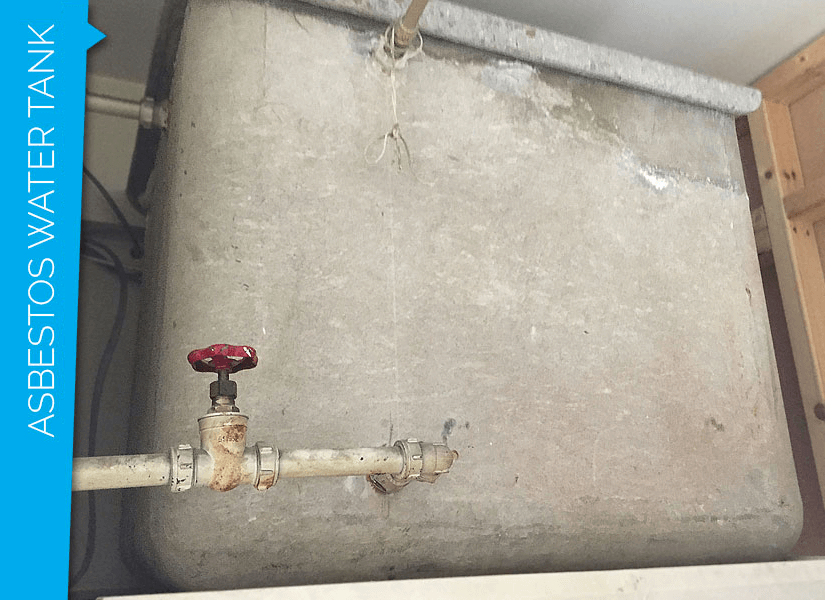
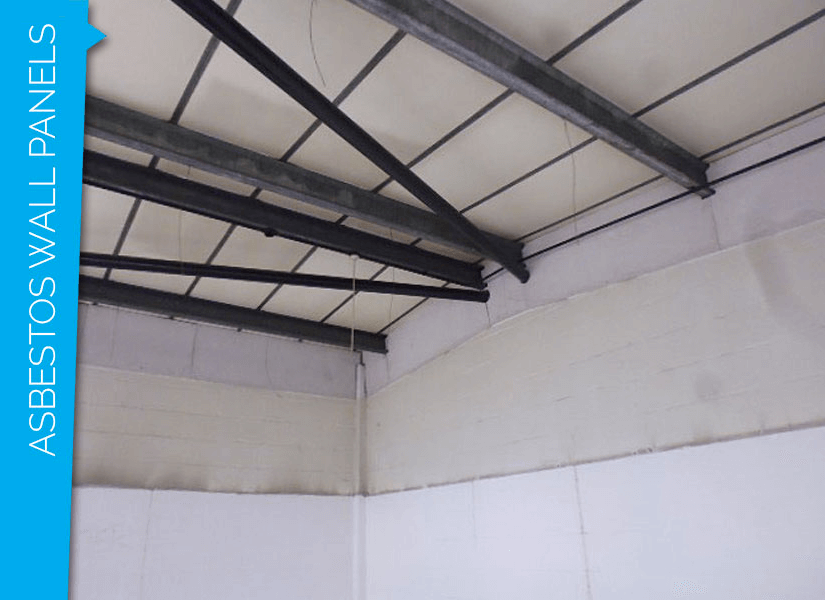
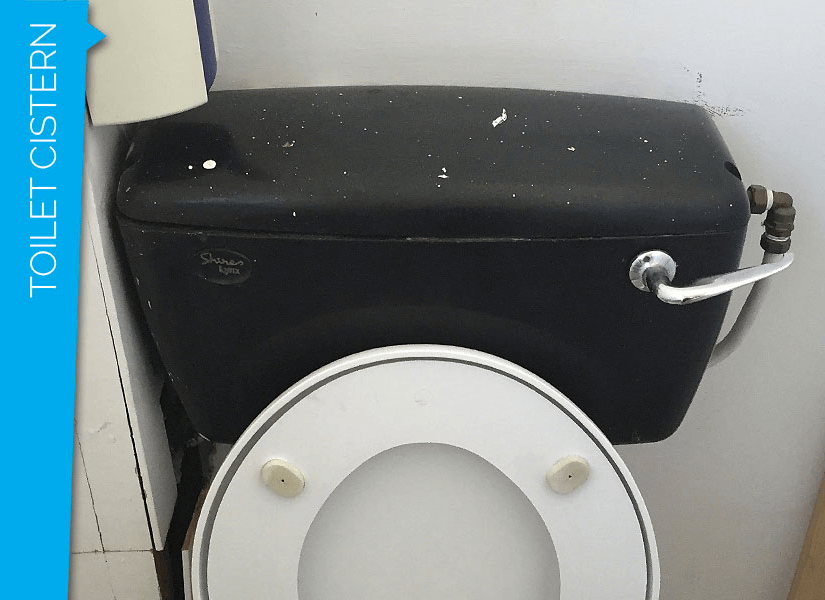
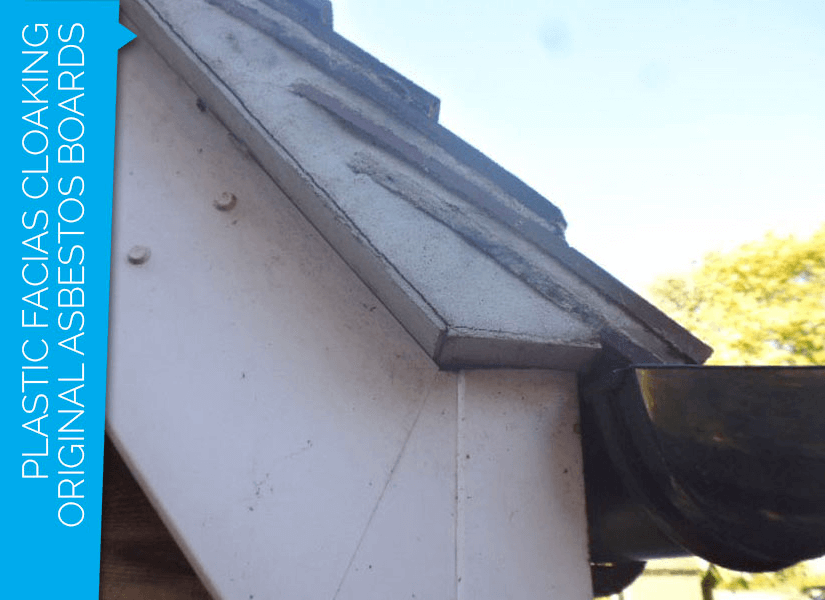
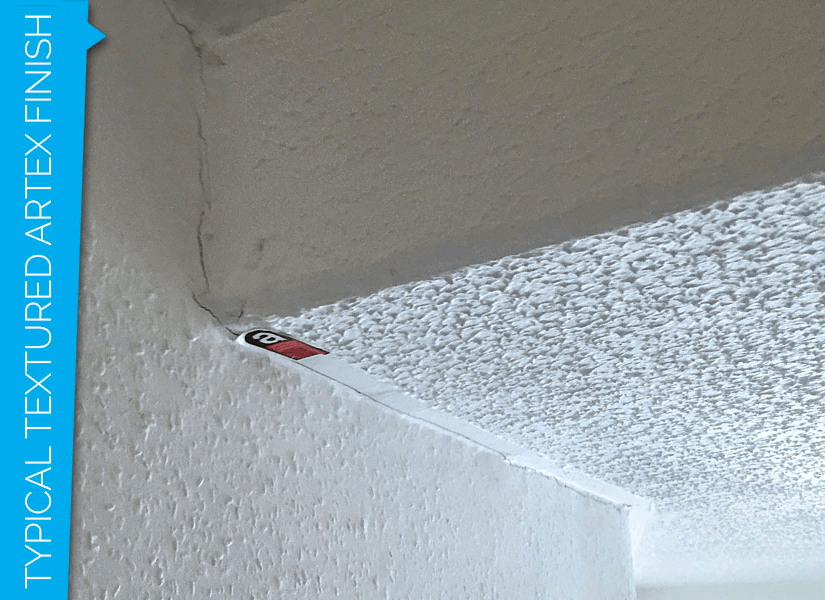
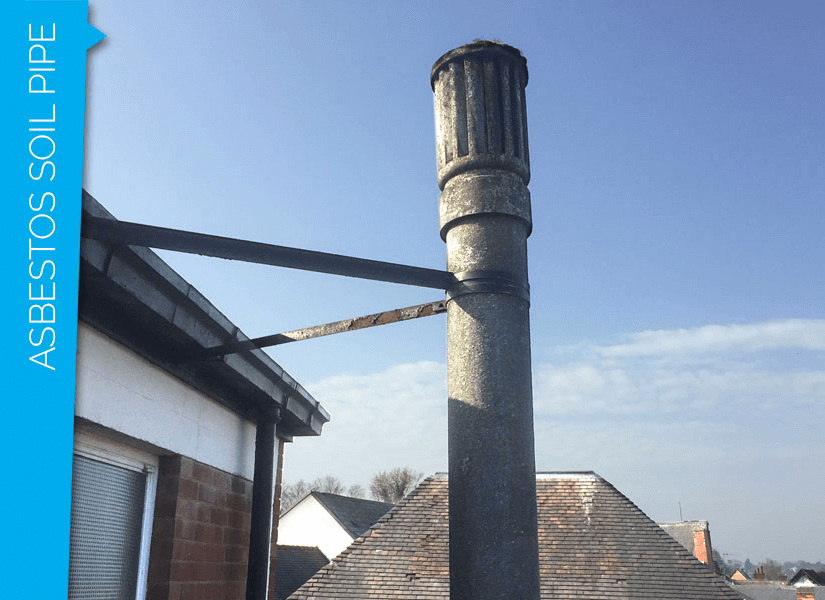
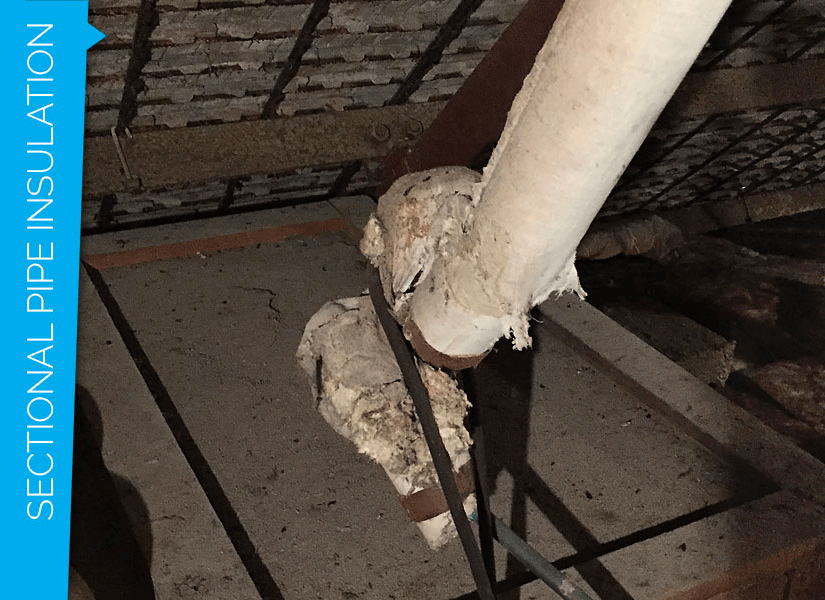
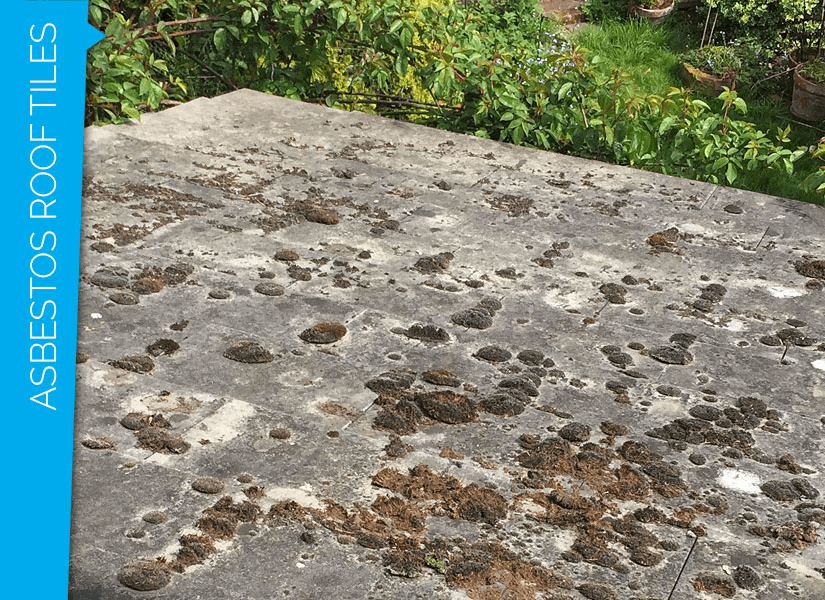
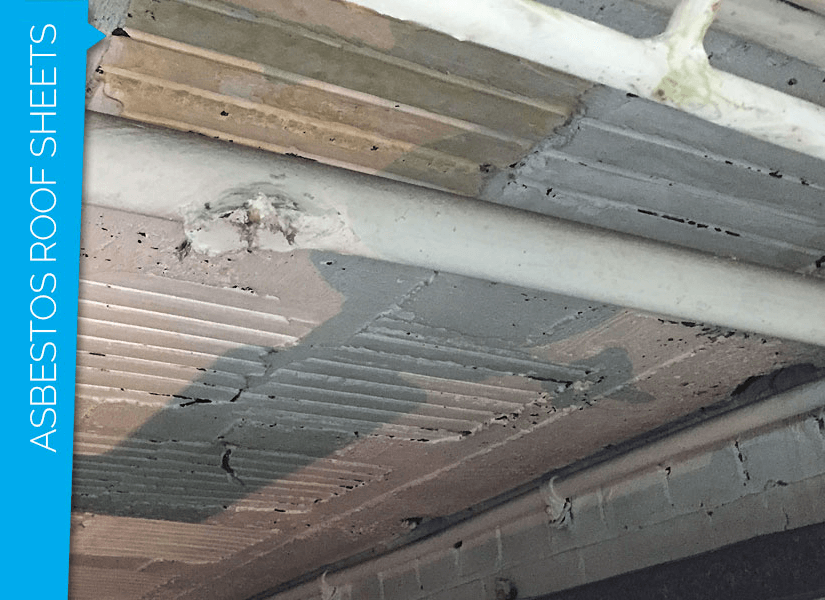
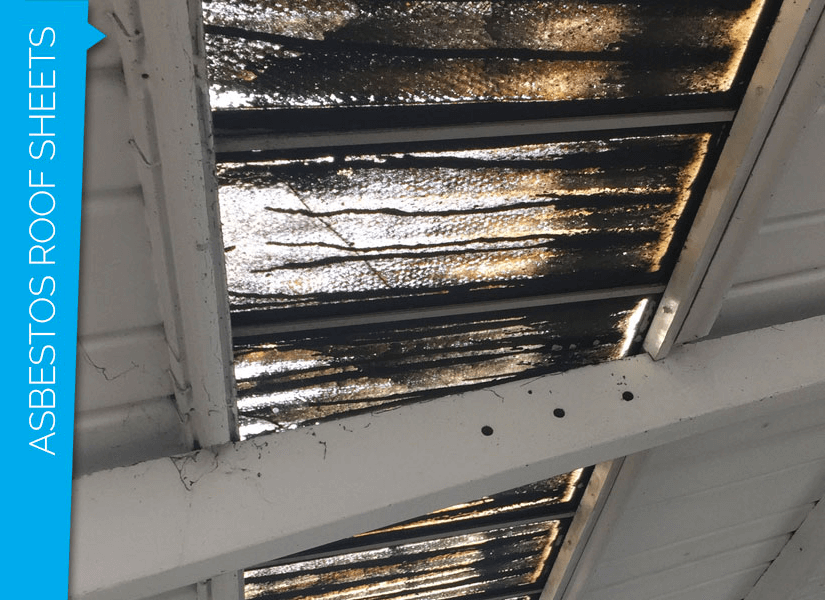
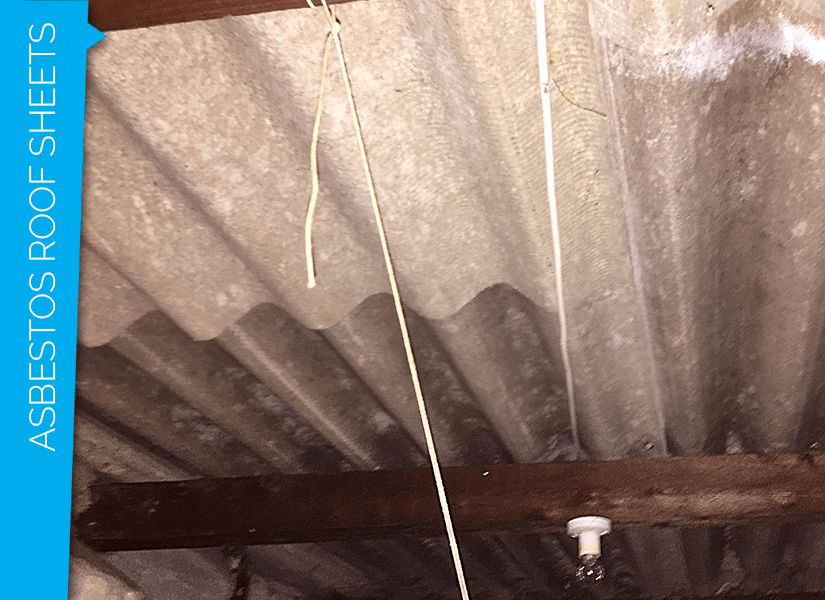
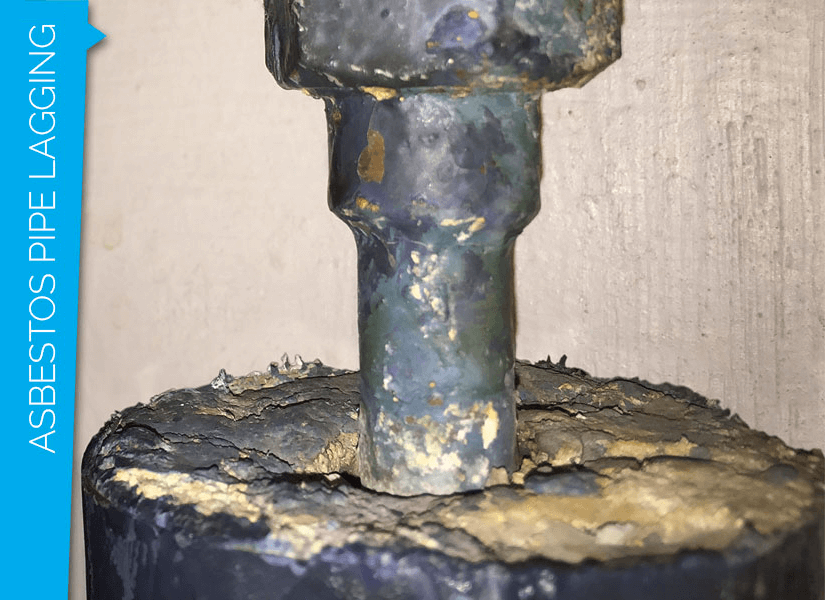
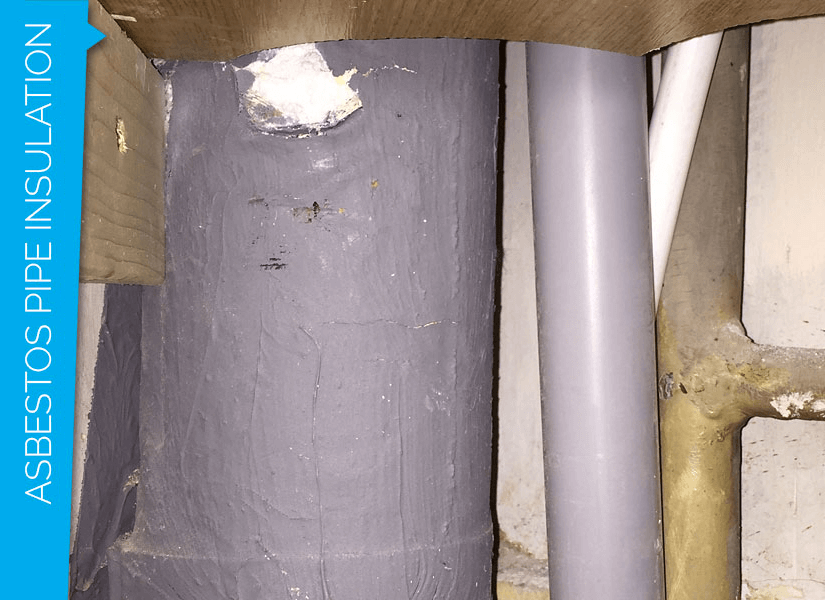
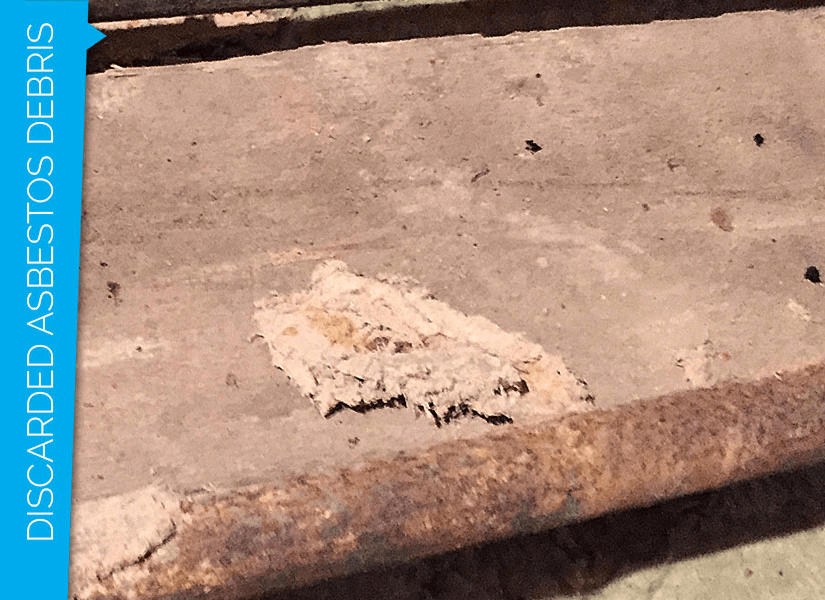
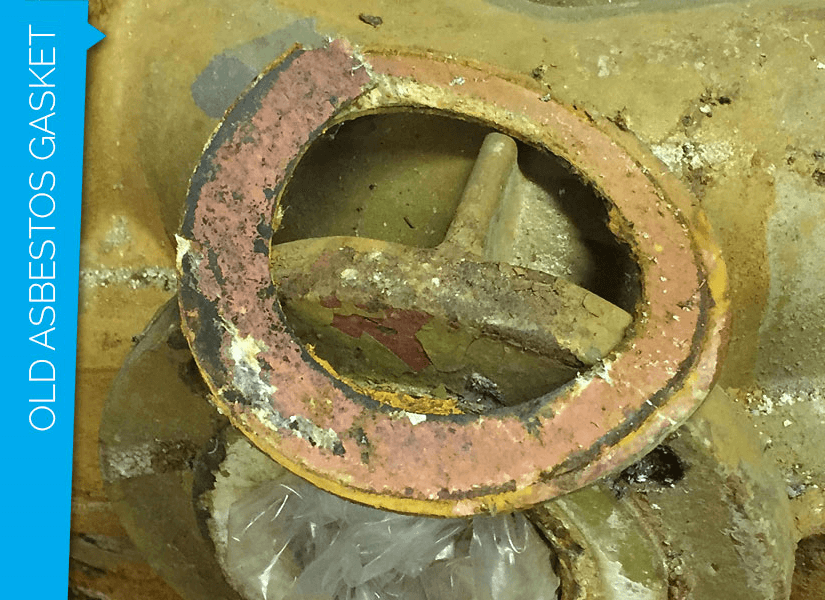
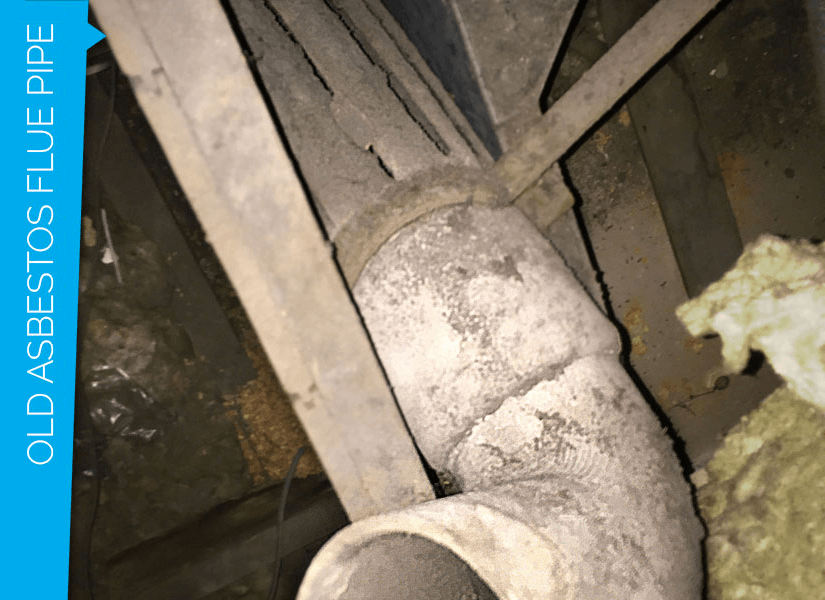
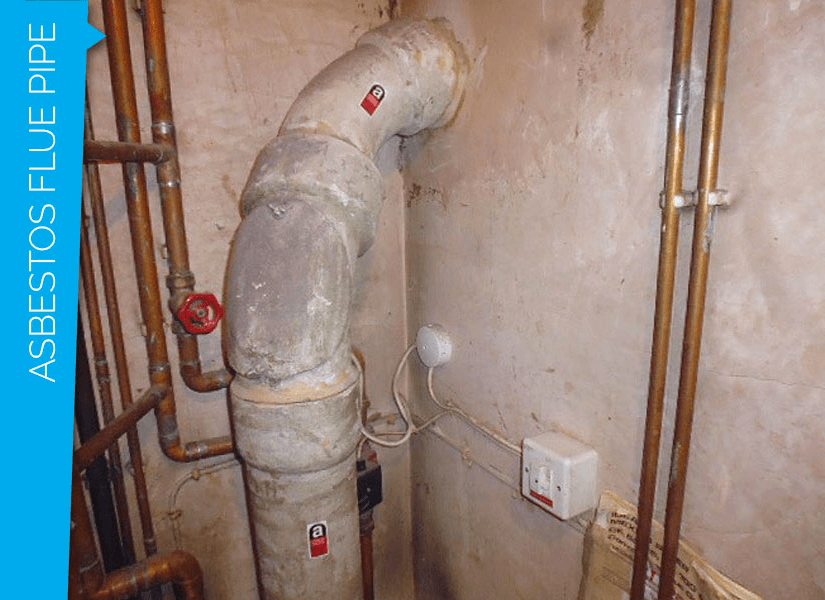
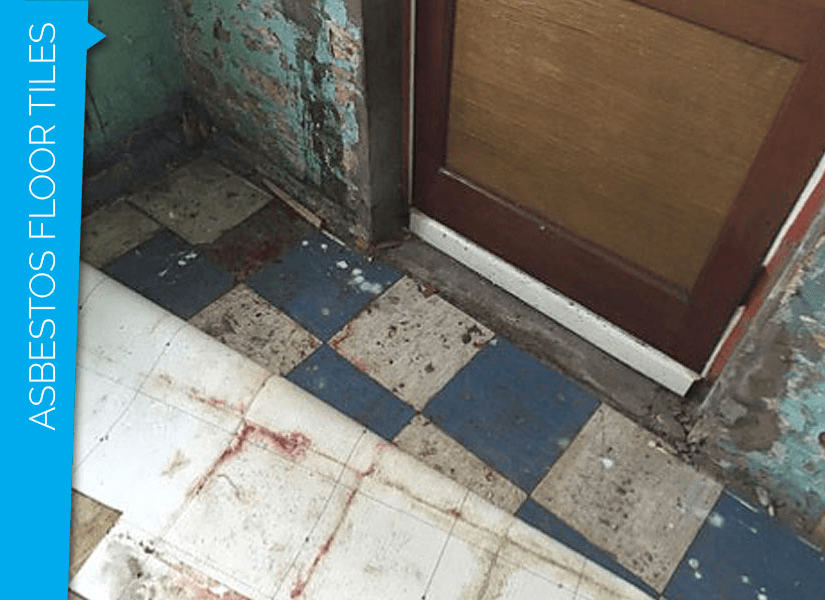
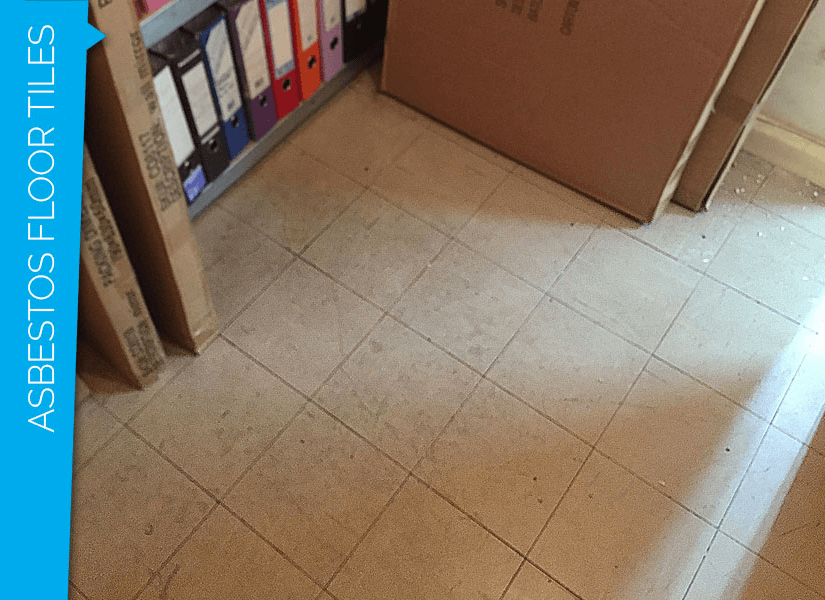
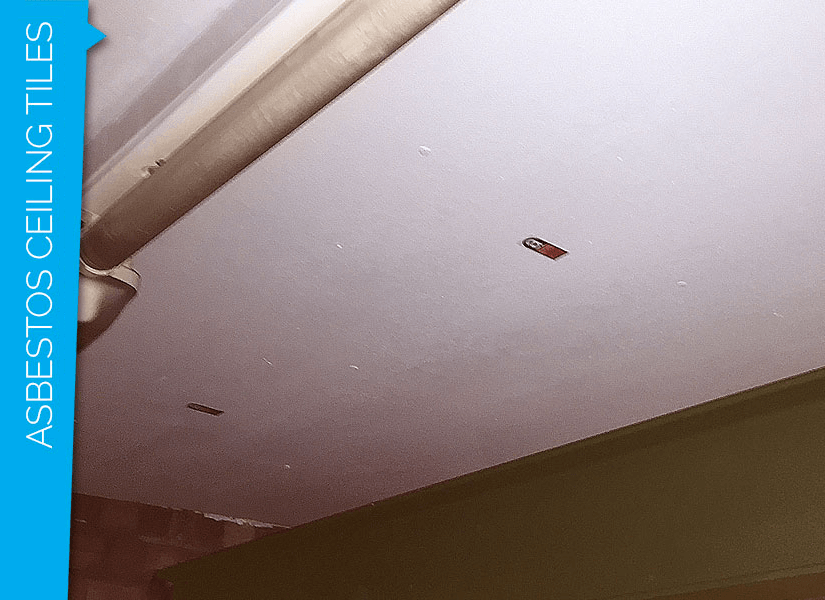
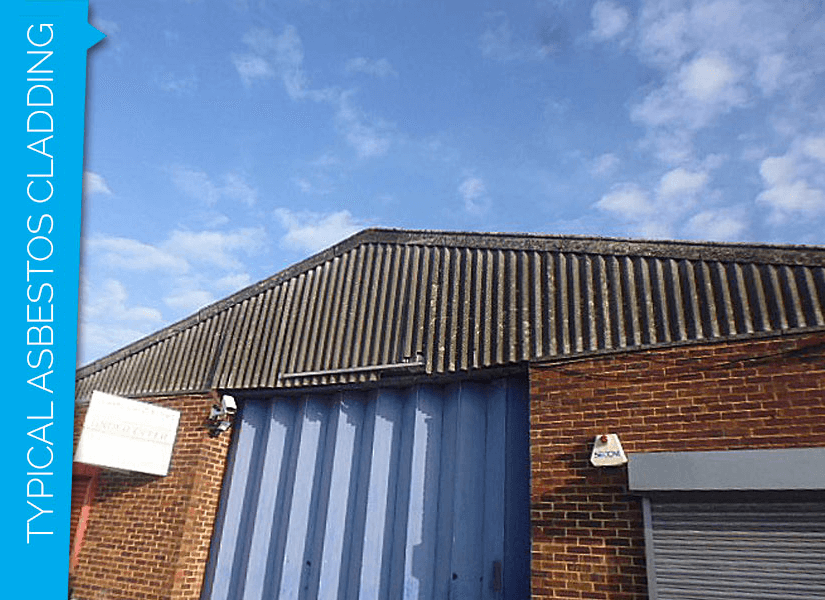
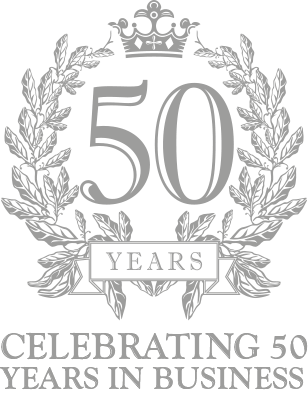
Celebrating 50 Years!
DJ Hintons is now celebrating 50 years in business. Explore our timeline to read about our history, our legacy, and key points throughout Hintons journey that made us what we are today.
Our Offices
Midlands (Head Office)
T 01299 402 455
Hoobrook Industrial Estate, Worcester Road,
Kidderminster DY10 1HY
midlands@djhintons.co.uk
South Wales
T 01443 401 589
Unit 44, Albion Industrial Estate, Cilfynydd Road, Cardiff, CF37 4NX
southwales@djhintons.co.uk
London
3rd Floor,
207 Regent Street, Greater London,
W1B 3HH
T 020 3904 2453
london@djhintons.co.uk
North Wales T: 01686 449 055
northwales@djhintons.co.uk
For your absolute peace of mind


